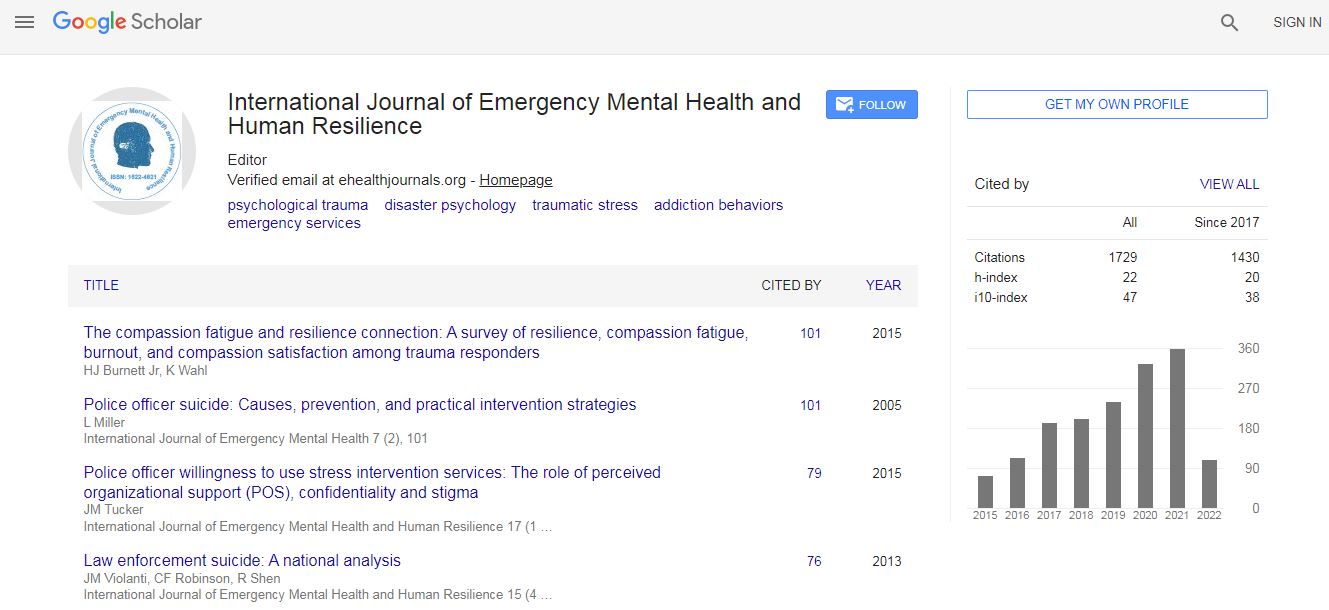Research Article
Women Promiscuity and Reproductive Health Matters: Findings and Policy Implications
Paul Andrew Bourne1*, Charlene Sharpe-Pryce2, Cynthia Francis3, Angela Hudson-Davis4, Ikhalfani Solan5, Dadria Lewis2, Olive Watson-Coleman6, Jodi-Ann Blake1
1Socio-Medical Research Institute, Jamaica
2Northern Caribbean University, Mandeville, Jamaica
3University of Technology, Jamaica
5South Carolina State University, USA
6Southern Connecticut State University, USA
Abstract
Background: For millennia, women with multiple sexual partners have been labeled and stigmatized as whores, prostitutes, promiscuous and commercial sex workers. However, there is little literature comprehensively addressing factors related to reproductive health in this group. Aim: The aim of the current study is to elucidate the reproductive health matters of women who have multiple sexual partners. Setting and design: The data use for this research is taken from the Jamaica Reproductive Health Survey, 2007. Stratified random sampling is used to design the sampling frame. Materials and Methods: The current study extracts a sample of 225 respondents (from 7,168 women ages 15-49 years) who indicate having had multiple sex partners. Statistical analysis used: Data are analyzed using the Statistical Packages for the Social Sciences for Windows, Version 21.0. Multiple logistic regressions were used to analyze factors that explained current method of contraception. Results: Women with multiple sex partners on average are involved with men at least 9.5 years their senior, and 72% of them have become pregnant. Currently, contraception use can be explained by social class (middle class, Odds ratio (OR) = 0.08, 95% CI= 0.01 – 0.59); age at first sexual intercourse (OR = 0.90, 95% CI = 0.68 – 1.21); employment status (employed, OR = 5.07, 95% CI = 1.06 – 24.36); and marital status (married or common-law, OR = 0.09, 95% CI = 0.02 – 0.38). Conclusion: The early sexual initiation among young women is a public health problem because of the increased incidence of teenage pregnancy and increased incidence of sexually transmitted diseases, which must be addressed with the same intensity and resource allocation used to fight against Human Immunodeficiency Virus / Acquired Immunodeficiency Syndrome (HIV/AIDS)

 Spanish
Spanish  Chinese
Chinese  Russian
Russian  German
German  French
French  Japanese
Japanese  Portuguese
Portuguese  Hindi
Hindi 